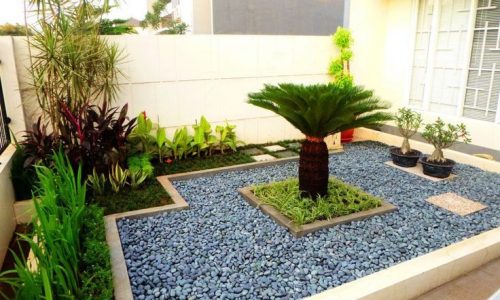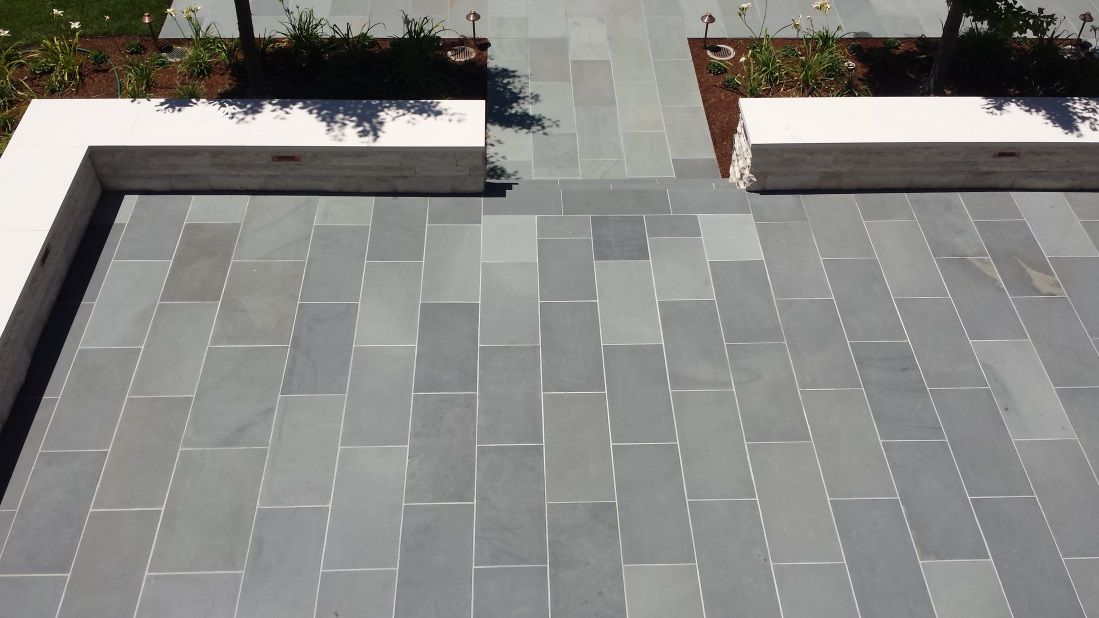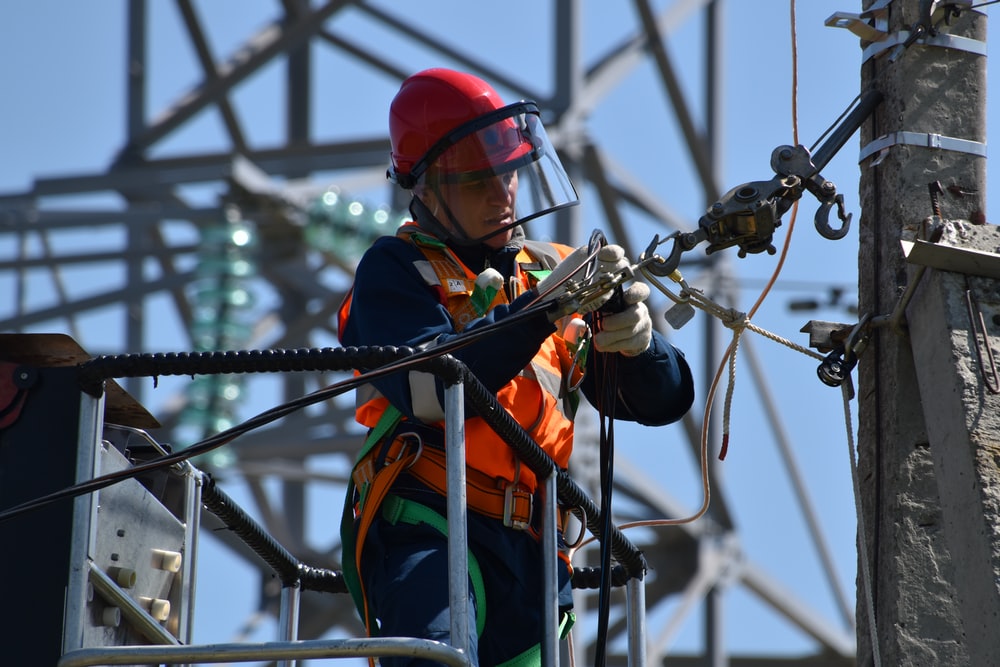Where to insulate in a home?

As the energy costs are increasing, so is the interest in making our homes and offices more energy efficient. Moreover, it has been revealed by various studies that a majority portion of domestic heat loss is caused by the lack of insulation in an attic. This development not only helps in retaining heat in the house but it also reduces cooling loss in the summer. Insulation resists the transfer of heat, so the same insulation that keeps your heat inside in the winter keeps the heat outside in the summer. According to the Department of Energy, the following is a list of areas, which can be insulated in a home:
- In unfinished attic spaces, insulate between and over the floor joists to seal off living spaces below. If the air distribution is in the attic space, then consider insulating the rafters to move the distribution into the conditioned space. Also, insulate:
(1A) attic access door
- In finished attic rooms with or without dormer. Also, insulate:
(2A) between the studs of “knee” walls.
(2B) between the studs and rafters of exterior walls and roof.
(2C) and ceilings with cold spaces above.
(2D) Extend insulation into joist space to reduce air flows.
- All exterior walls, including:
(3A) walls between living spaces and unheated garages shed roofs or storage areas.
(3B) foundation walls above ground level.
(3C) foundation walls in heated basements, full wall either interior or exterior.
- Floors above cold spaces, such as vented crawl spaces and unheated garages. Also, insulate:
(4A) any portion of the floor in a room that is cantilevered beyond the exterior wall below.
(4B) slab floors built directly on the ground.
(4C) as an alternative to floor insulation, foundation walls of unvented crawl spaces.
(4D) Extend insulation into joist space to reduce air flows.
- Band joists.
- Replacement or storm windows and caulk and seal around all windows and doors.
For optimal energy efficiency, it is recommended and imperative to get your house insulated from top to its bottom. Whether it be an attic or the foundations; everything requires insulation. Following are the key areas of your house, which require insulation to save you from paying more energy bills.
- Attic Insulation – To find out if you have enough insulation, measure the thickness of the insulation. If it is less than the recommended R-30, then you might end up needing more insulation. Experts at R-Control recommend to seal any air leaks and make other repairs before adding a layer of insulation in your attic. Besides, if you’re building a new home or remodelling, make sure any attic decking that provides additional storage space or a platform for a heating and cooling unit or hot water tank is raised above the ceiling joists to leave room for adequate insulation. If the air distribution system is not within the conditioned space but the attic, insulating the rafters will enclose the distribution system.
- Duct Insulation – Conventional houses had their ducting systems installed in unconditioned spaces (in basement or attic), but the rising awareness regarding energy have led to the introduction of efficient duct systems, which can be installed in conditioned spaces to ward off the energy loss associated with most duct systems.
- Exterior Wall Insulation – According to the law of thermodynamics, heat travels from hot to a cold surface, which means the heat inside your house is going to phase out. Insulation slows this inevitable process by reducing the heat loss. Now, if you have attic insulated and still feel cold and drafty inside your humble adobe in winters, then chances are you need to add insulation to external walls. However, this process is slightly expensive as it requires the assistance of a contractor. But this investment pays off its share in dividends by reducing the energy costs for a much longer period. If you’re in the design phase of planning your new home, consider Structural Insulated Panels, insulating concrete forms, and insulated concrete blocks. These materials have insulation built in, and houses built using these products often have superior insulating qualities and minimal thermal bridging. To give you a perspective, SIPs offer more versatility, mobility and reduces labour costs tremendously as opposed to conventional techniques of insulation. Moreover, in an existing home, consider using blow-in insulation, which, when installed with the dense-pack method, will provide important air sealing. It can be added to exterior walls without much disturbance to finished areas of your home. If you’re remodelling then building with SIPs is also an option.
- Foundation Insulation – In addition to reducing energy costs by preventing the heat loss from your house into the cold ground, a properly insulated foundation will keep below-grade rooms more comfortable and prevent moisture problems, insect infestation, and radon infiltration. In new construction, consider construction techniques that provide both foundation structure and insulation, such as insulating concrete forms and insulating concrete blocks.
- Basement Insulation – A properly insulated basement can provide you dry and a comfortable living space. Industry experts’ prioritise on basement insulation than ceiling insulation because a basement is more connected to other living spaces than to outside elements. And thus adding insulation on the exterior of a basement will:
- Minimise thermal bridging and reduce heat loss through the foundation.
- Protect the damp-proof coating from damage during backfilling.
- Provide some protection against moisture intrusion.
- Make the foundation part of the thermal mass of the conditioned space, thereby reducing interior temperature swings.
- Reduce the potential for condensation on surfaces in the basement.
- Conserve room area, about installing insulation on the interior.
Looking for best retaining wall builder, it is best to call Jurassic Landscape. For the wonderful experience and the most reliable landscape gardening in Melbourne, contact us today.


